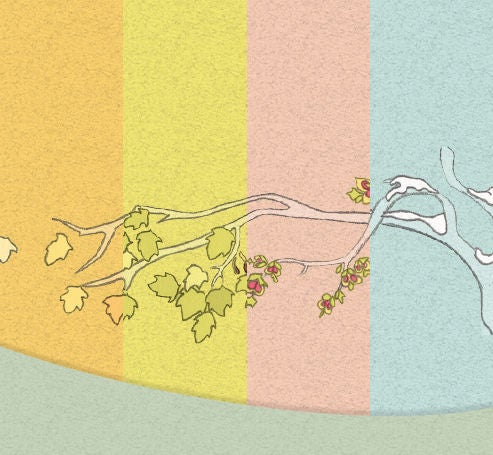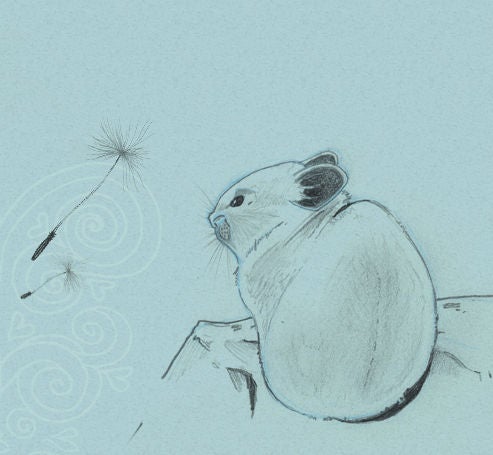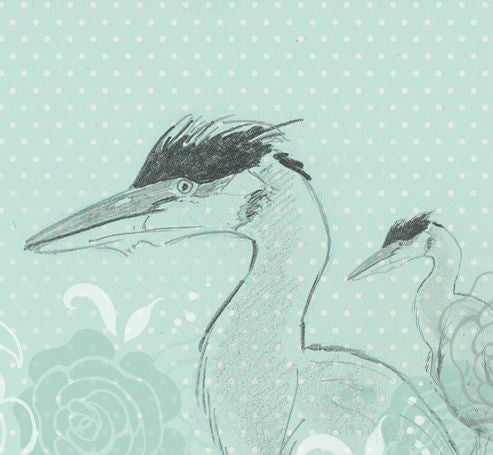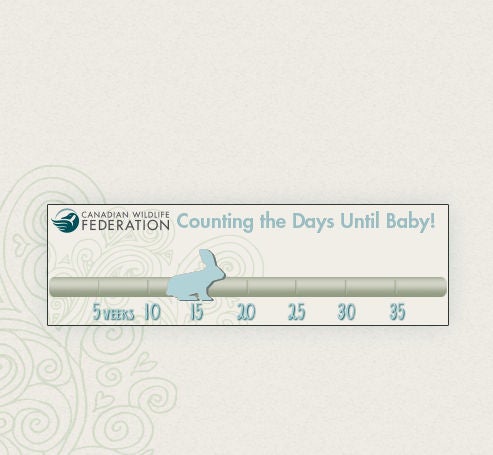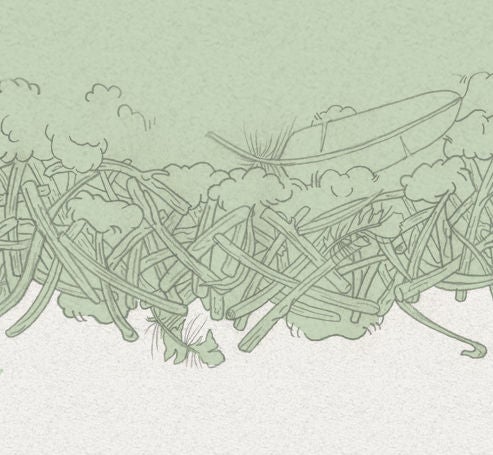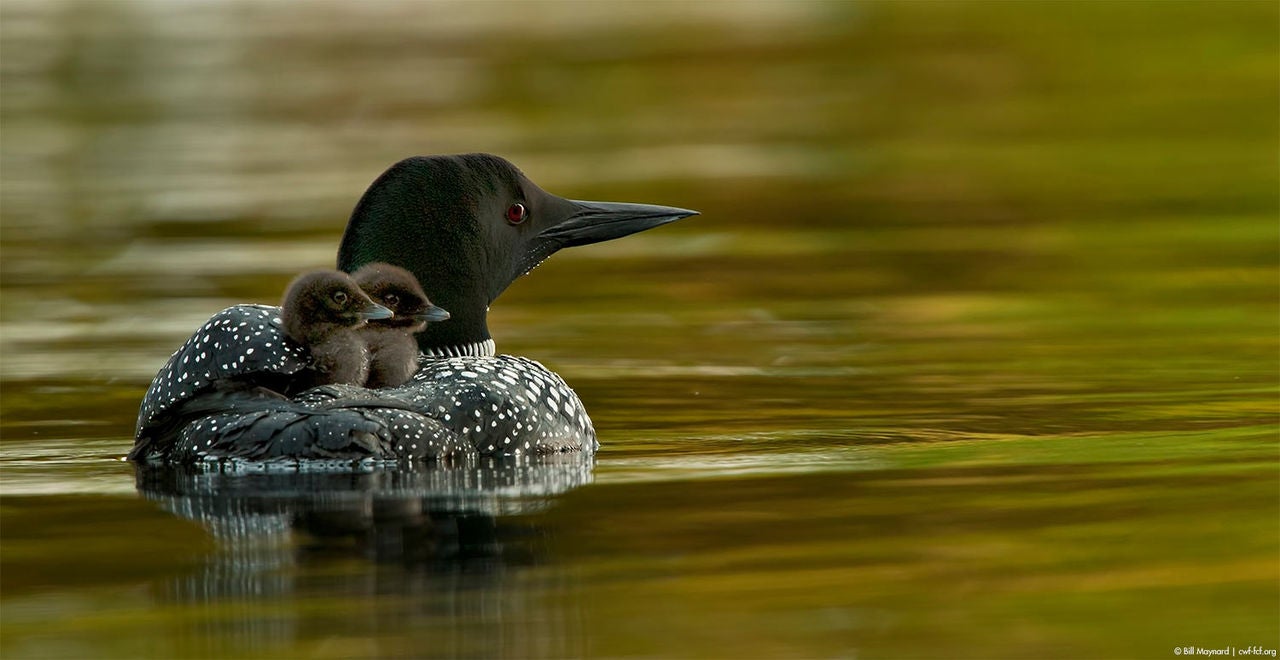Add This to Your Birth Plan!
Your baby could arrive any day now! Have you packed your labour and delivery hospital bag? Created a birth plan you feel comfortable with? Before you finalize your plans, we’ve got something to add to the list! Flowers.
The heck, you say? The mere presence of plants in a hospital room can make a world of difference. Researchers studying cardio pulmonary patients found that those who had plants in their rooms had lower blood pressure, higher energy levels, a more uplifting attitude, a lower heart rate, and used less pain medication. We’re not saying you’ll pass on the epidural by the mere presence of a potted plant, but every little bit helps!
Permission to Plant Posies
WINTER
After your little one is born, consider including a beneficial plant in your garden in their honour! Choose a plant that will not only make your backyard come alive in the season your child was born, but will also offer valuable food sources for birds and mammals that stay in Canada when the temperatures cool too. Their favourites? Fruit bearing plants like:
- Bearberry
Bearberry fruit is eaten by birds such as thrushes, wrens, grouse, robins and waxwings. Other animals that use the fruit as a winter food source are bears, deer and small mammals. - Canadian Holly
Many wild animals depend on these berries to survive Canadian winters, including early spring arrivals that have to wait a few more weeks before warm weather and other food presents itself. Birds such as robins, cardinals, grouse, bluebirds, thrushes, waxwings, white-throated sparrows, northern flickers and grey catbirds feast on winterberries. Sometimes even a black bear or white-tailed deer will nibble on them. - High Bush Cranberry
While the berries are not a favourite of many birds, they are a very important survival food as the winter progresses. Ruffed grouse, cedar waxwings, thrushes, robins, cardinals and grosbeaks are among the birds that feed on its fruit. Mammals such as deer, moose, red squirrels and beaver may feed on the various parts of the high bush cranberry. - Serviceberries
Many species of birds feast on the berries, including orioles, thrushes, woodpeckers and waxwings. Some are also known to nest in its branches, such as robins and cardinals. In addition to birds, mammals like squirrels and chipmunks will eat the fruit while larger animals such as moose, deer and snowshoe hares may browse on leaves and twigs.
SPRING
After your little one is born, consider planting flowers in your garden in their honour! Choose a plant that will not only make your backyard come alive in the season your child was born, but will also offer valuable food sources for bees too. Goodness knows, these pollinators could use a little help. Climate change, the use of pesticides and their dwindling habitat is currently threatening their populations. So plant one of their favourites in your garden this spring! Dogwood, viburnum, violet, willow, wild strawberry and wild geranium are all wonderful options.
SUMMER
After your little one is born, consider planting flowers in your garden in their honour! Choose a plant that will not only make your backyard come alive in the season your child was born, but will also offer valuable food sources for monarchs too. Goodness knows, these pollinators could use a little help. Every year, the monarch butterfly makes a gruelling 4,000 kilometre migratory trek to its wintering grounds and back. That’s like completing 95 marathons! Besides sheer exhaustion, these majestic butterflies are struggling to find a place to land when they reach Mexico (as their habitat is being robbed by deforestation). And in Canada and the United States? Agriculture and citizens spray their crops and gardens with pesticides and herbicides – killing off their primary food source – the milkweed. Fill your garden with great sources of nectar this spring like crabapple, hawthorn, lilac, violet, bleeding heart, dogwood, and lupine. You can also choose to plant milkweed. You’ll want to do some digging to find out which are native to your corner of the nation. As a rule of thumb, if you live in Ontario, Quebec or the Maritimes, look into common milkweed, swamp milkweed or butterfly weed.
AUTUMN
After your little one is born, consider including a beneficial plant in your garden in their honour! Choose a plant that will not only make your backyard come alive in the season your child was born, but will also offer valuable food sources for birds and mammals that stay in Canada when the temperatures cool too. Their favourites? Fruit bearing plants like:
- Bearberry
Bearberry fruit is eaten by birds such as thrushes, wrens, grouse, robins and waxwings. Other animals that use the fruit as a winter food source are bears, deer and small mammals. - Canadian Holly
Many wild animals depend on these berries to survive Canadian winters, including early spring arrivals that have to wait a few more weeks before warm weather and other food presents itself. Birds such as robins, cardinals, grouse, bluebirds, thrushes, waxwings, white-throated sparrows, northern flickers and grey catbirds feast on winterberries. Sometimes even a black bear or white-tailed deer will nibble on them. - High Bush Cranberry
While the berries are not a favourite of many birds, they are a very important survival food as the winter progresses. Ruffed grouse, cedar waxwings, thrushes, robins, cardinals and grosbeaks are among the birds that feed on its fruit. Mammals such as deer, moose, red squirrels and beaver may feed on the various parts of the high bush cranberry. - Serviceberries
Many species of birds feast on the berries, including orioles, thrushes, woodpeckers and waxwings. Some are also known to nest in its branches, such as robins and cardinals. In addition to birds, mammals like squirrels and chipmunks will eat the fruit while larger animals such as moose, deer and snowshoe hares may browse on leaves and twigs.
 If you were a marten, you would have delivered your baby by now!
If you were a marten, you would have delivered your baby by now!
The gestation period for martens is between eight and nine months. Females give birth to between two and six kits in a hollow tree. The young are born blind and will spend the spring and summer with their mother until they are ready to go it alone.
- 0
- 1
- 2
- 3
- 4
- 5
- 6

